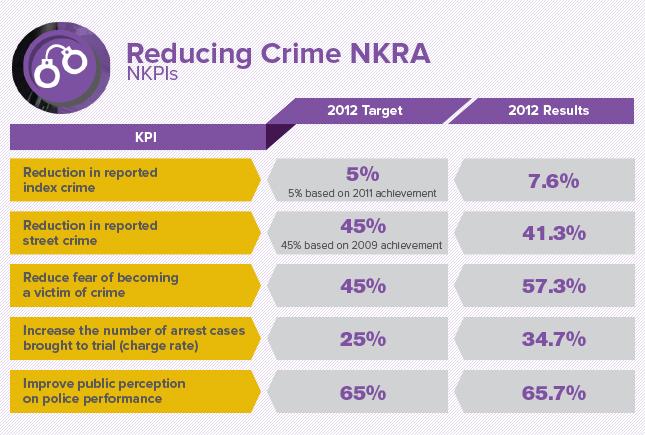Vanakkam. Malaysians are blessed with some of best cuisines and variety of food, that can be found everywhere. Many of us unwittingly will answer "food", when asked what is the 1st thing we miss in Malaysia while travelling overseas. Living in a multiracial, Muslim majority country we adhere to the halal/haram (similar to kosher/tereifa in Judaism) rule when it comes to food served in public. No non-muslim will ever knowingly serve non-halal food to the Muslims. Non-muslims are also taught to identify the Halal symbol which are affixed on permissible food for Muslims. Usually ignored by us, in India there's a sign for marking vegetarian / non-vegetarian food items as shown below.
(The universal Halal sign found all over the world)
(This sign denotes non-vegetarian and vegetarian food ingredients - mostly used in India)
Now let me get to the subject. The fasting month is over and in Malaysia feasting for the Hari Raya celebration is still going on at many places such as your friends or neighbors place, at your offices or your vendors/suppliers treat etc. Scene like below is common sight in many of those buffets we attend over the years. Is there anything wrong in this picture?
Usually beef and other meat items are placed together on the same table, sometimes on the same platter, usually without any labels. Like this :
Hindus predominantly shun away from eating beef and just like the Muslims, large majority of us don't eat pork too. Pork is often avoided, but is not forbidden. Many Indians are vegetarians and while meat is not always prohibited, the Laws of Manu say that ‘no sin is attached to eating flesh, but abstinence bears greater fruits’. The main restriction is on Hindus eating beef is due to cow being considered as sacred and not to be eaten. In fact the cow is given the ‘mother’ status. While beef being restricted for Hindus (some Hindus do eat beef), we still attend those functions or buffets where beef is served for those who can eat them, accepting and celebrating the diversity among us. Can you show me 1 devote Muslim who will attend a feast or buffet where pork is served?
(That's pork, if you didn't know it)
In Malaysia, have you seen Muslims openly patronizing eateries which serves pork with no halal sign? Some liberal one won't care, but majority of them wouldn't step foot into such places. In fact if we have potluck events in our office, what is the 1st warning you get? Make sure you bring only halal food, if possible buy from Muslims. Or someone will loudly ask if the food you cooked is halal or not, embarrassing you in the process while creating doubts in others. Have you come across this? There's nothing wrong in them (Muslims) protecting their religious integrity and sensitivity. But what about us? What about our sensitivity towards those who are serving/eating beef?
(and that's a beef steak)
Being the minority (in population), we can't possible stop people from serving beef at public feasts, potlucks and buffets. But as a Hindu, we can always do any of the following:
- ask everyone to label any food that contains beef and its by-products brought for potluck event;
- if you can't avoid an official function that serves beef, never take any other food that are placed together with beef items (like satay), don't compromise;
- if the eatery you visit serves beef, ask them to label properly, if not stop going there (I do this);
- if someone (knowingly or unknowingly) offers you any beef item, never hesitate to say its forbidden/haram for Hindus (I do this, a lot); and
- lastly if possible, politely turn down invitation or avoid attending any event that serves beef. If can, let the organizer know earlier of your preference, restrictions and sensitivities.
(south Indian vegetarian meal - its halal/kosher/permissible in any religion)
In a multiracial community, the non-Muslims takes great care and goes the extra mile in respecting the Muslim's food restrictions (halal/haram), why can't we respect our own religion's teachings in choosing or abstaining from certain food/ingredients. Why should we keep silent when food which may affect our sensitivity are served/mixed with ours? Respecting diversity and other's religious sensitivity should be a 2-way understanding. Bon appetit.

.jpg)











